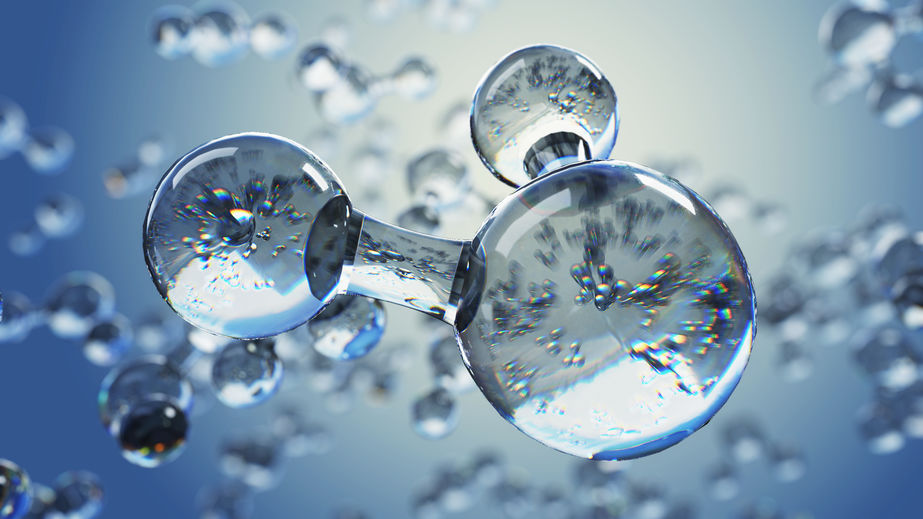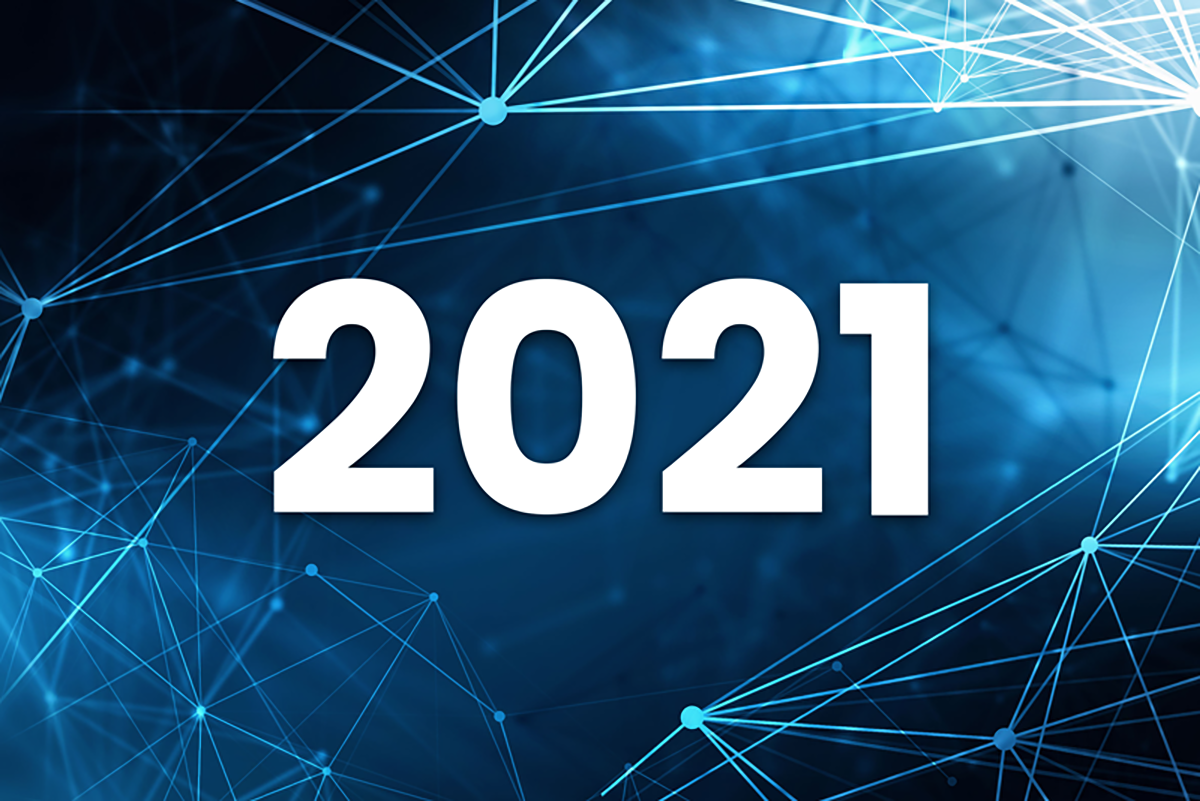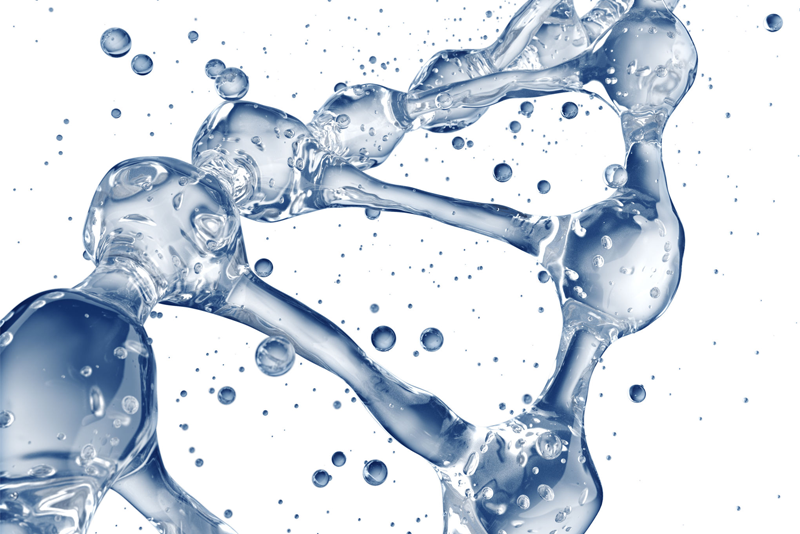
Transforming the Water Industry
January 22, 2021
Sensmet Year in Numbers
December 21, 2021What Do We Know About Water?
Surrounded by the ever-digitalizing world I always feel a little bit surprised when I think how little up-to-date information we have in our hands on one of the most essential resources on the planet Earth – water. Much less than 1 % of the planet’s water is readily available freshwater. No wonder water recycling is becoming so important.
We know rather little about the quality of water we drink or use for cooking, for having a shower or use to irrigate plants. Fortunately, in most places, the water laboratory infrastructure is there to secure the baseline quality and safety of water for human consumption.
However, the situation could be so much better. I like to compare air and water quality measurements. You can google for air quality in any big city and you will probably find real-time air quality data on the concentration of many different molecules and the amount of particulate matter contained in air. This is because the measurement technology is there to allow a live view on air quality. Fourier-transform infrared (FTIR) and laser absorption spectrometers, for example, offer good coverage over the gaseous molecular species that exist in the atmosphere and industrial exhaust gases. How much real-time information can you find on the water bodies surrounding you, e.g., your nearby river, lake or sea? Such live water data is typically limited to parameters like temperature, pH, electrical conductivity and turbidity. There’s actually very little real-time information available on the chemistry and physics of water.
Multi-component and Ease of Use – Mission Impossible?
The operations involved in today’s water quality assessment are many and complex. Wide water quality analysis falls within the exclusive realm of laboratories. The most accurate and comprehensive water measurements can obviously be performed in the labs. However, this approach that in most cases involves manual sampling and sample pre-treatment is too complex, expensive and slow to allow real-time securing of the efficiency and safety of water processes. Most existing online water analysers can only monitor a few water parameters per device. Take metals, for example, and you will find out that a typical analyser measures not more than a single metal. The only exception in this respect is the technique of X-ray fluorescence. XRF has limitations though when it comes to the monitoring of the lightest weight metals. Despite the fact that “easy-to-use FTIR of water” technology does not yet exist, there are clear signs that real-time water measurements are catching up the head start of air quality monitoring.
Pioneering Real-time Big Water Data
Sensmet pioneers real-time water quality analytics and aims at a comprehensive live view of the chemical and physical composition of water. Based on persistent R&D we launched our first product, the µDOES® Multi-metal Water Analyser in late 2019. By employing a unique real-time approach where a micro-discharge is generated inside the liquid sample, there is no need for any chemical reagents to determine metal concentrations in water. Sensmet solution is 100 % automated and robust from sampling to the presentation of the real-time results. With a single µDOES® analyser one can detect up to 30 metals in real-time, starting from the lightest weight lithium at sub-part-per-million sensitivity.
Widening Real-time Water Analytics Beyond Metals
We have been working hard towards our vision to enable comprehensive water quality analysis using a single easy-to-use device – a solution that allows revealing “the DNA of water” in real-time. We will soon launch our next new analyser product that will go far beyond metals. A single analyser that measures up to record 50 water quality parameters to shine more light on overall water quality.
Digital Water Management
Digitalisation will be a source of transformational change around us. When designed and implemented correctly, digital water management comprising both quantity and quality of water can improve health, safety and environmental impact – saving lives, reducing injuries, lowering emissions and waste, and increasing transparency and sustainability.
Toni Laurila, CEO




